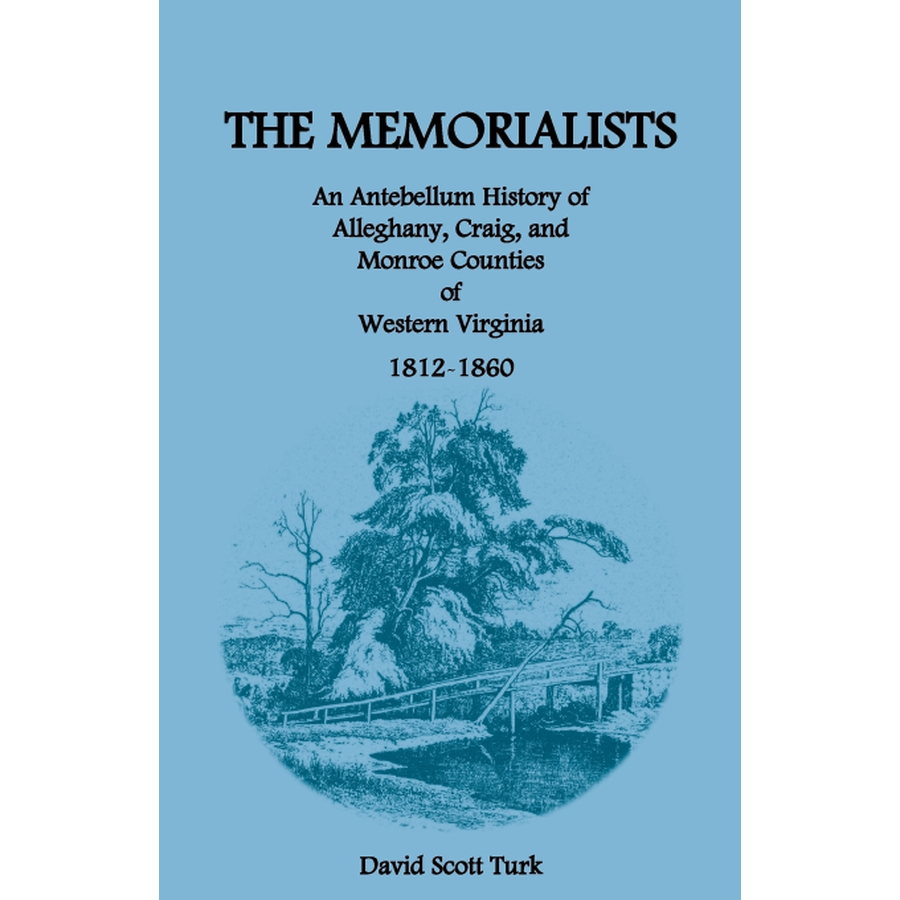The Memorialists: An Antebellum History of Alleghany, Craig, and Monroe Counties of Western Virginia, 1812-60
Couldn't load pickup availability
Alleghany, Craig, and Monroe Counties are located northwest of Roanoke, Virginia, and Monroe County is now part of West Virginia. As the title suggests, this book is a study of life in this region in the decades before the Civil War. It reveals "a fascinating time of carriages, turnpikes, temperance societies and political awakening. To understand the American Civil War, a good study of what caused it is required. Actually, western Virginia started to break away from the eastern portion of the state a lot earlier than the 1850s. The internal rift over the building of turnpikes, canals and railroads ensured bitterness over any slavery issue."
The book reveals the development of a business and political elite in society. With business and politics came the reform movements like the idea of organized temperance societies. "Although the religious revivals in this area did much to bring movements about or even to help rationalize their need, business drove the framework." "Business was politics. Business was taverns and springs, ironworks and roads. Potts' Creek Valley in Alleghany and Monroe Counties has all of these industries. The industries and the men who emerged as the community leaders turned what was a wild frontier into an integral part of American society…" "However, this book is not just about business. It's about how people dealt with each other in social situations, such as a simple land dispute, drinking, the vote or spousal abuse…Perhaps it points out why the people of western Virginia are so enlightened. As [the author likes] to say, they are among the 'last of the genteel Virginians.'"
Following the seven chapters of the main text, the book presents a section of genealogies or family sketches, after which is an appendix of fines for the 108th Virginia Regiment in 1814, and an appendix which is a partial roster of Company K, U.S. Volunteers for the Mexican War in 1847. Following the appendices is a twenty-five-page list of source notes (testifying to the amount of background research that went into the book) organized by chapter, followed by a section of bibliographical notes on the sources. Illustrations show people, documents and relics pertaining to the region and time period under study. The index is an everyname plus subject index.
David Scott Turk
(1997), 2005, 5.5" x 8.5", paper, index, 186 pp.
ISBN: 9780788406874
101-T0687

